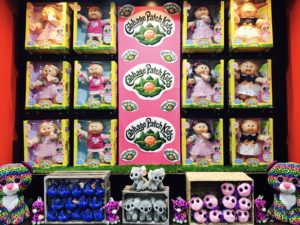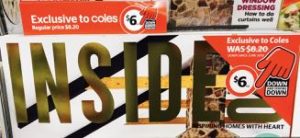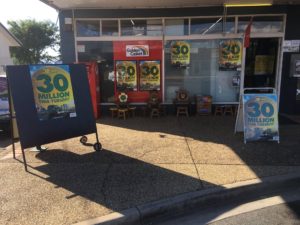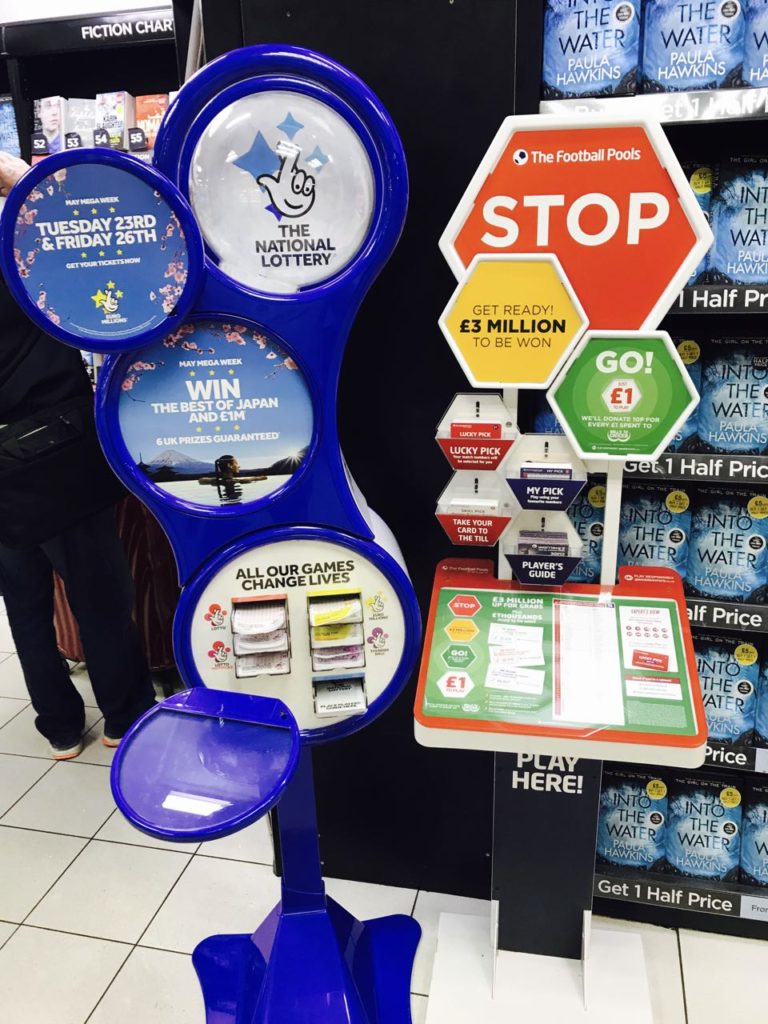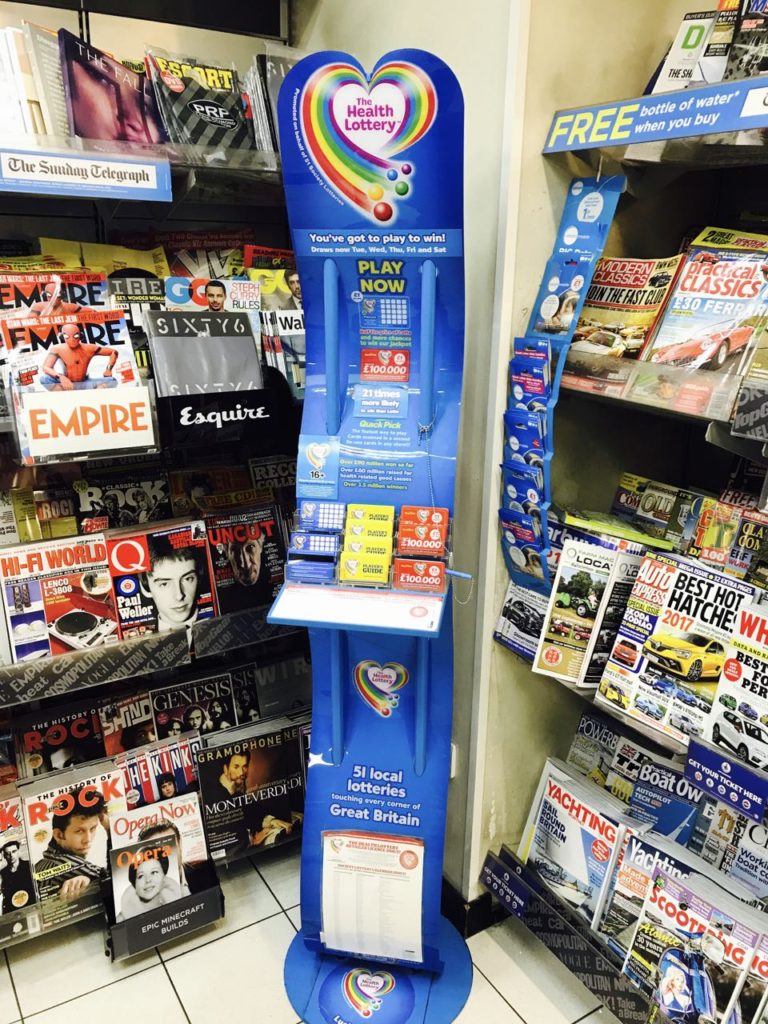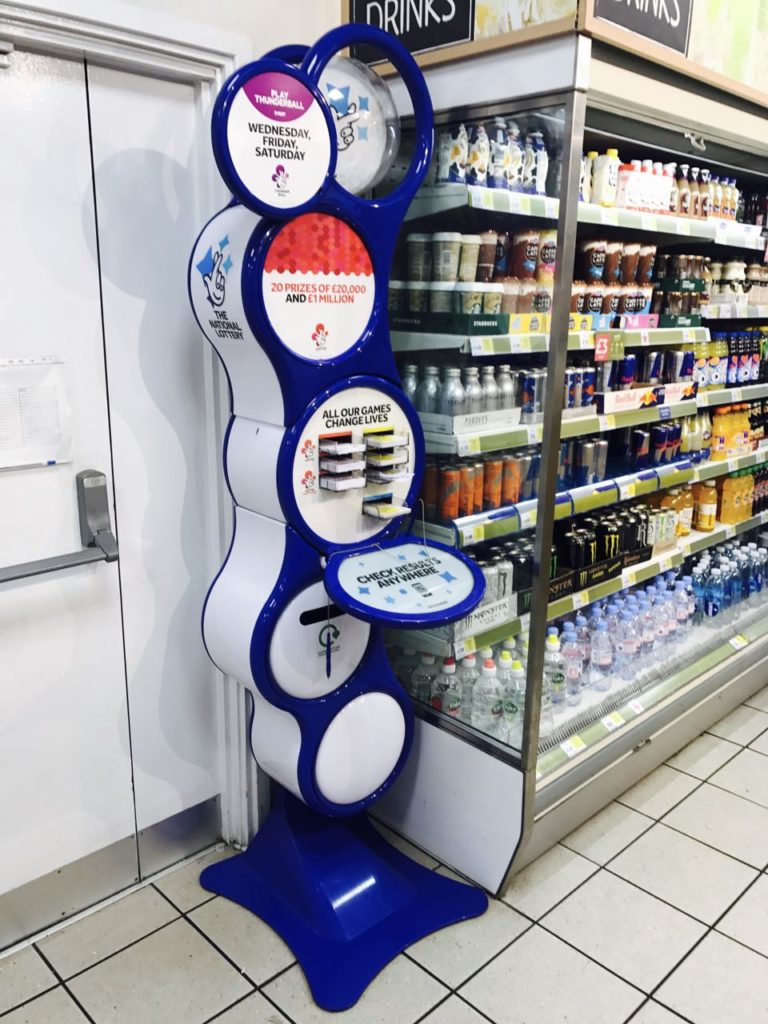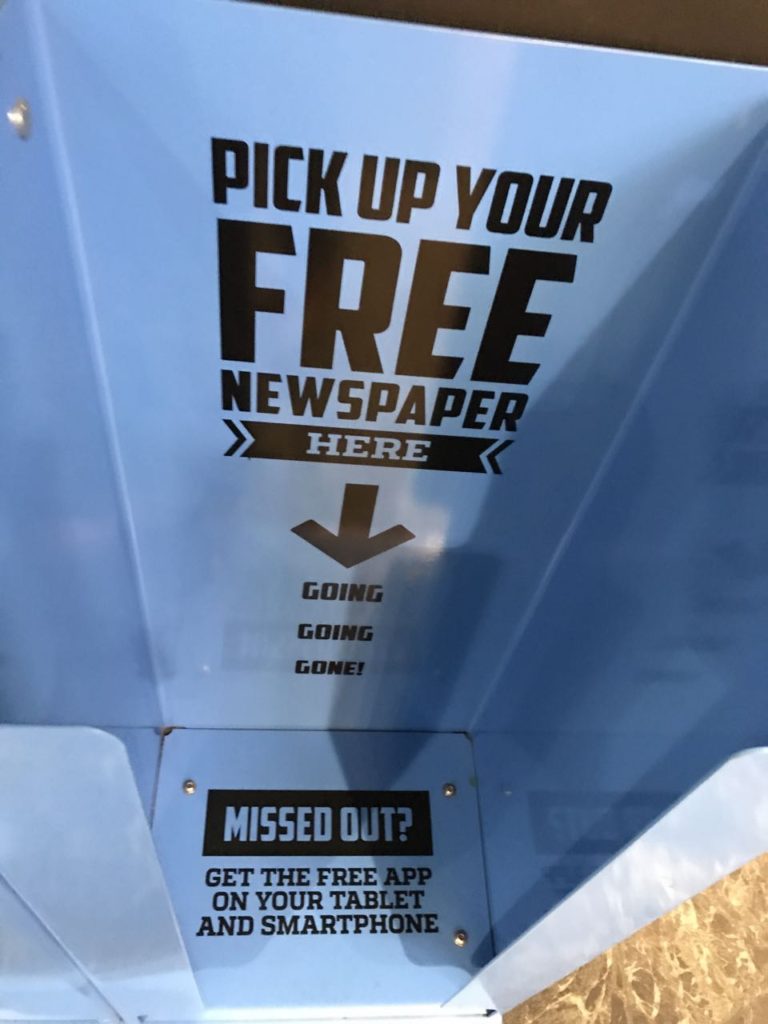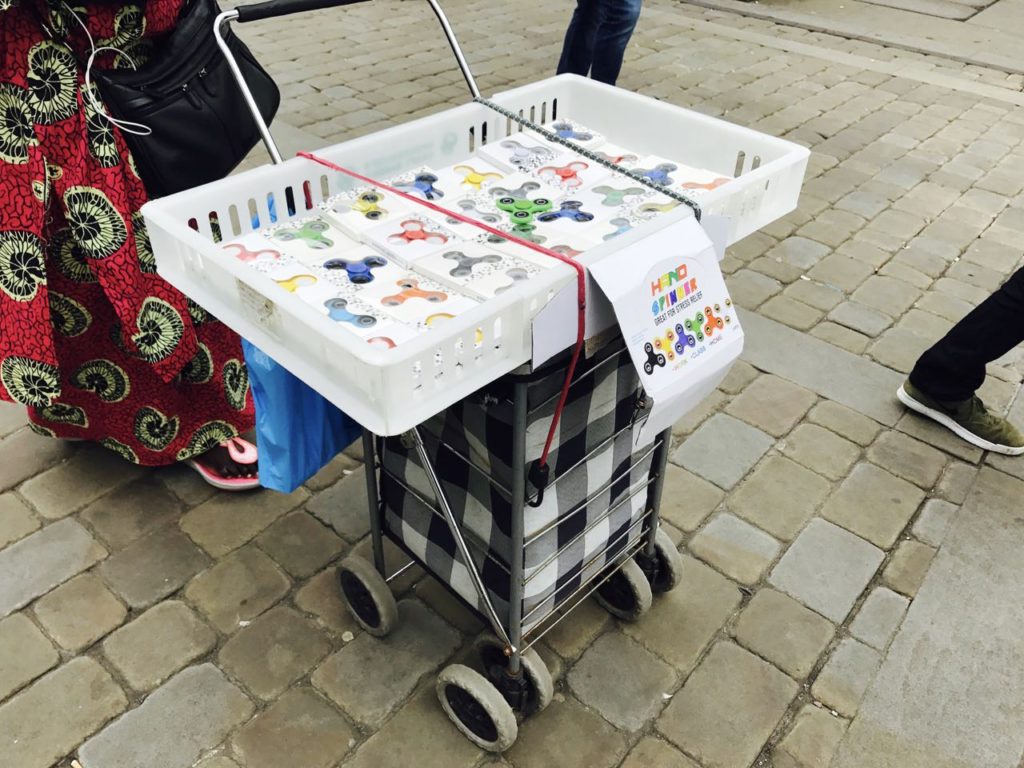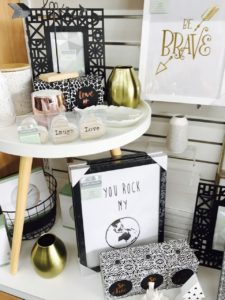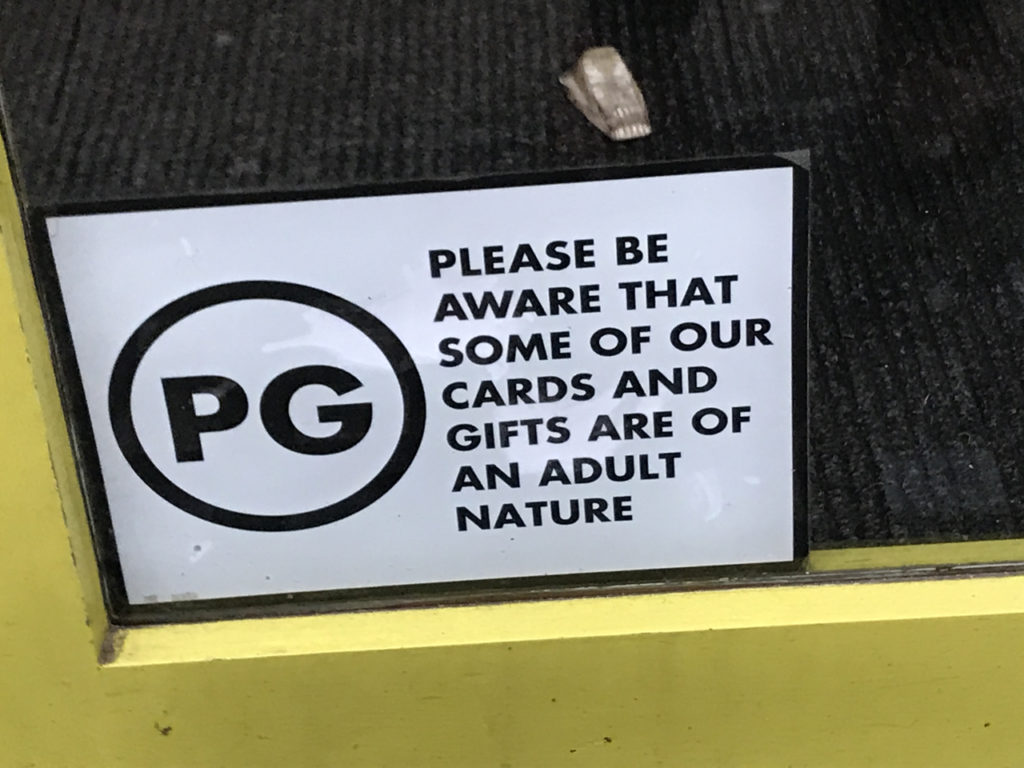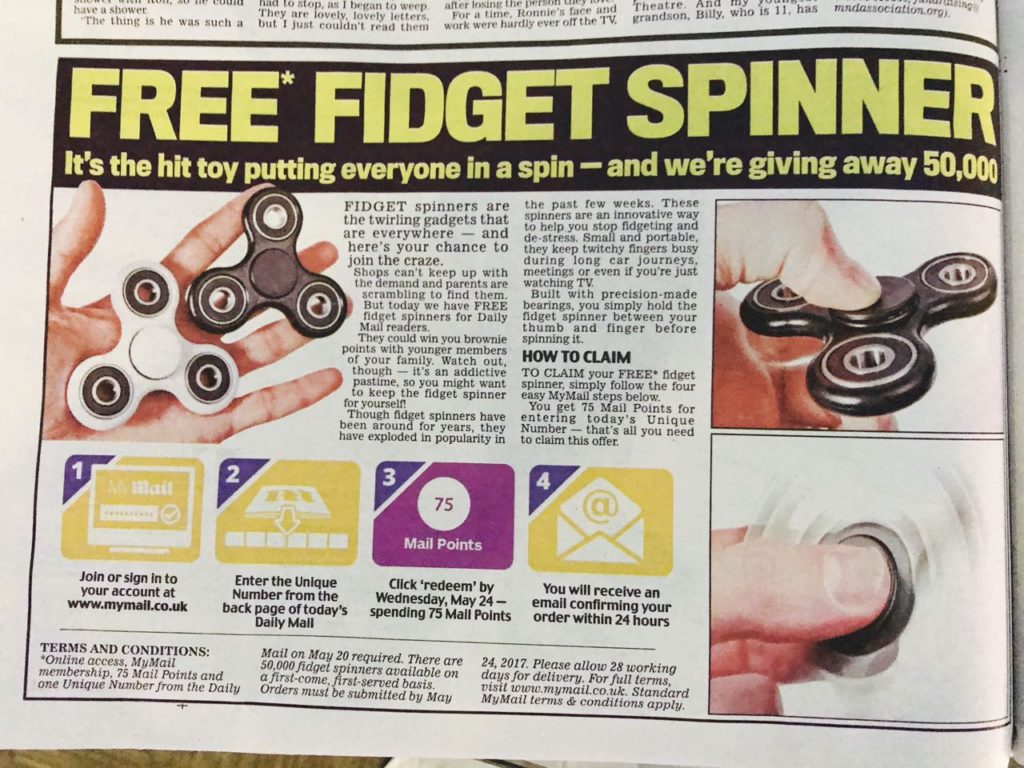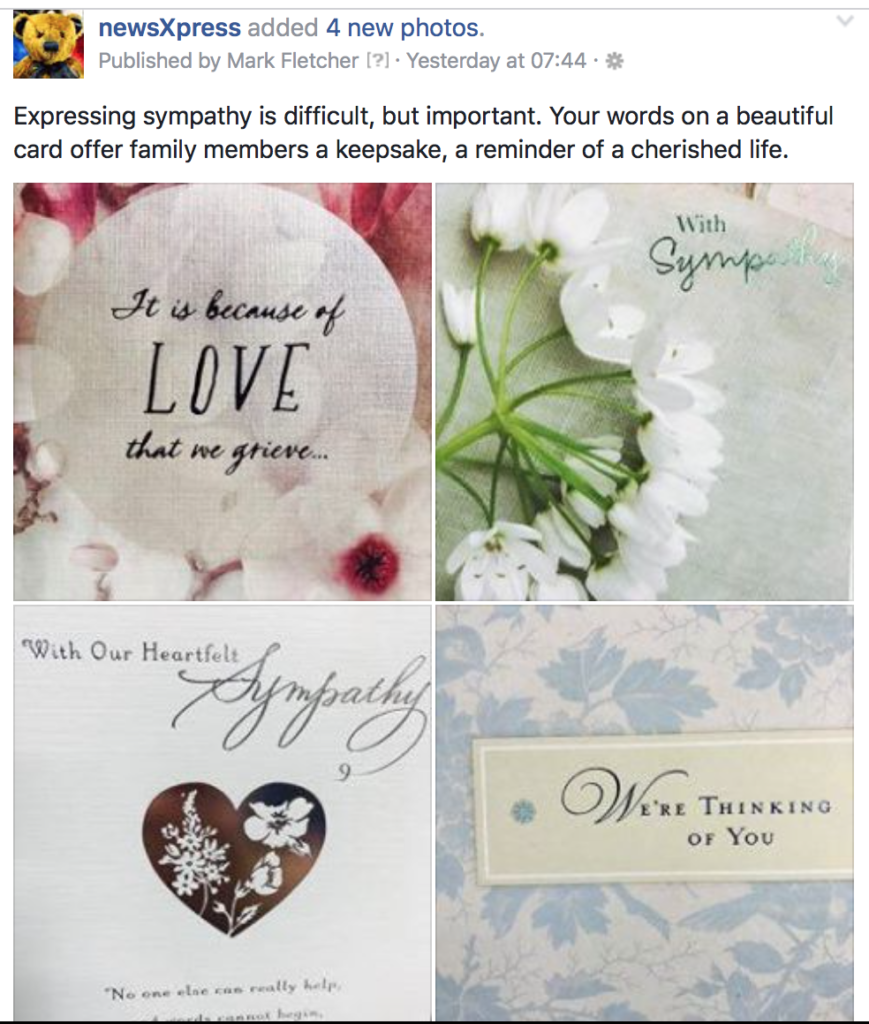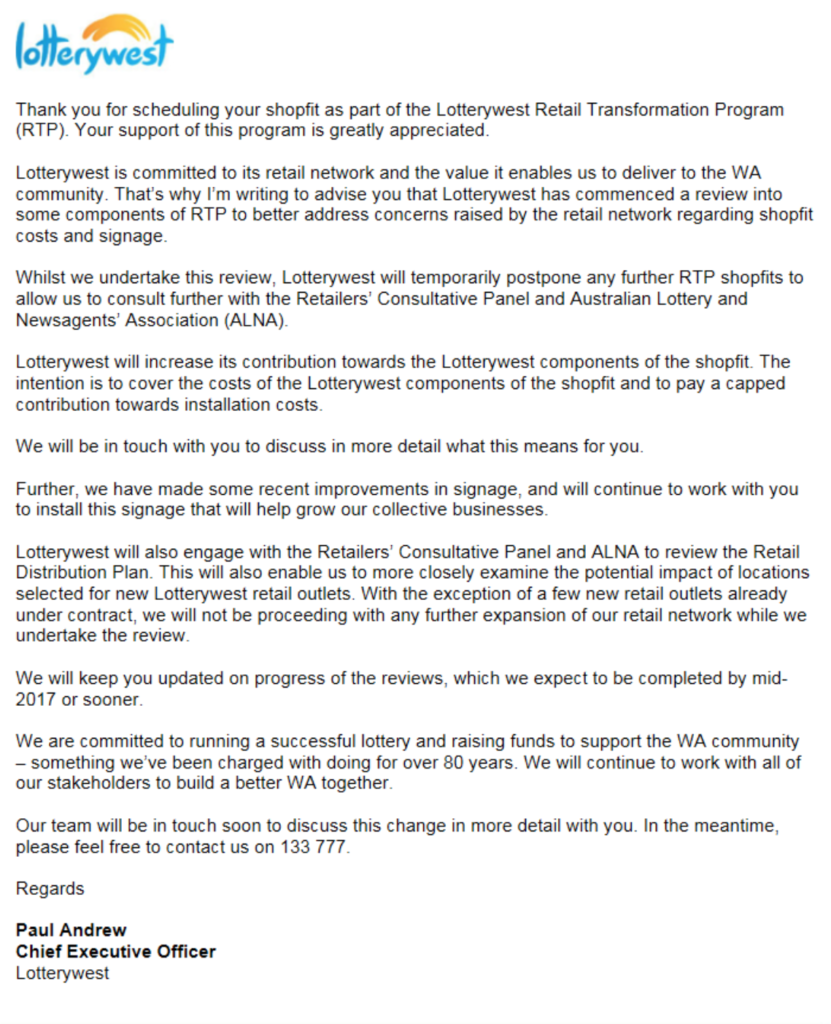American Express invests heavily in their annual Shop Small campaign, pitching the business as a good corporate citizen with a commitment to social responsibility. It’s a feel good campaign with plenty of support from small businesses and shoppers.
Shop Small is a movement dedicated to helping businesses at the heart of our communities. Whether you’re a small business or a Card Member, there’s something for everyone.
While Shop Small is nice PR, American Express engages in legal steps to minimise the tax they pay in Australia. This behaviour is at odds with there Shop Small campaign as tax minimisation hurts Australian taxpayers including small business owners.
How Amex paid no tax in nine years on $10 billion by Michael West explores how American Express minimises their Australian tax obligation.
American Express has paid no net tax in Australia for nine years, according to its latest financial statements. That is zero tax on $10 billion in revenue.
Michael West goes into considerable detail about how the company acts to pay less tax in Australia.
Over the past nine years, the financial services juggernaut has racked up revenues from its credit-card services of $9.93 billion and shown a tax gain, rather than a loss, of $900,000.
American Express Australia Limited used to pay tax in this country, but thanks to a “restructure” in 2004 billions in profits have since been siphoned out to an associate in the tax haven of Jersey.
I would prefer American Express to stop spending money to make itself look good with the Shop Small campaign and instead be a good corporate citizen and pay a fair contribution of tax as this would be more beneficial to the economy and all Australians.
rather than shifting revenue offshore to a more favourable tax jurisdiction, I would like to see American Express pay Australian tax on its Australian revenue. Back to Michael West’s report…
The 2008 annual report for the Australian arm of American Express notes: “Included within borrowing costs in the income statement is the discount charged on the transfer of receivables to AECA of $370 million.”
Through this arrangement, Amex in Australia has transferred almost $5 billion in credit-card receivables to a related entity in just one year, and at a large discount. These receivables are money due to be paid by customers on their credit cards.
It is the actions of all global organisations that shift Australian revenue overseas to minimise Australian tax that hurts our economy. Worse still, the actions of American Express and others intensifies the tax burden on small businesses, the very group that American Express purports to support.
We need to not let American Express and other global companies get away with not paying their fair share of tax. Consumers can act, small business retailers can act – even if our politicians fail to act as they have done for many years on this.
Every small business owner knows how tough things are in Australia. Most have felt pressure from various points of government for funds for various taxes, levies, fees and more. We can’t revenue shift like the big businesses.
Kudos to Michael West for his report and shining a light on this issue.
Footnote on Michael West – what he is doing through his website is business journalism that I am keen to see more of. His direct to market approach is smart and appreciated.
 This card from Modern Family is terrific to place at the counter at any time but especially now if you disagree with tennis great Margaret Court pushing her religion based opposition to same sex marriage. Deciding to pitch any specific card at the counter is an editorial decision in our businesses, a decision that should be deliberate and that should make us proud.
This card from Modern Family is terrific to place at the counter at any time but especially now if you disagree with tennis great Margaret Court pushing her religion based opposition to same sex marriage. Deciding to pitch any specific card at the counter is an editorial decision in our businesses, a decision that should be deliberate and that should make us proud.